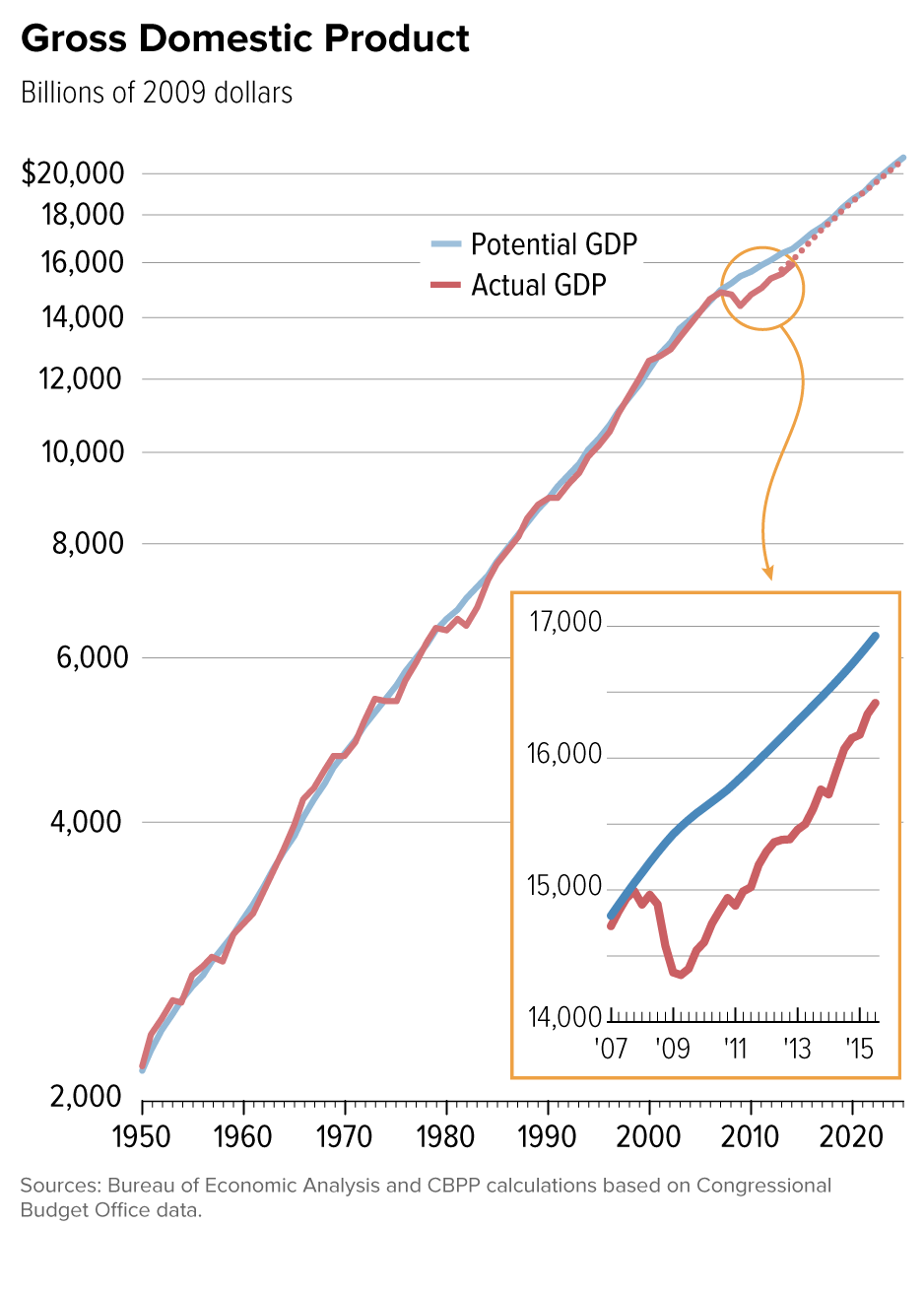

Gap insurance is much cheaper through a car insurance company compared to a car dealership. Gap insurance adds an average of $60 a year to your car insurance cost, according to Forbes Advisor’s analysis of gap insurance costs from large insurance companies.Īnd when you no longer need gap insurance-because your loan balance is about equal to or lower than your vehicle’s value-you can drop it from your policy. For example, Geico and Farmers don’t sell gap insurance. Not every car insurance company sells gap insurance and it may not be available in every state. Many car insurance companies that offer gap insurance, such as: Insurance Companies That Sell Gap Insurance You can typically buy gap insurance from: For example, if you owe $15,000 and your car’s value was $17,000, there won’t be a gap if your car is totaled or stolen.Īnd if you sell your car, you should cancel gap insurance. That’s because there will be little or no gap insurance payout possible.

Once the amount you owe is less than your car’s value, or only a little more, there’s no reason to keep gap insurance. You can afford to pay the difference between the amount owed and the car’s value yourself.The amount you owe is less than the car’s value, or only a little more.The difference between the two is the gap. If you currently have a car loan or lease, you can compare the value of your car on a website such as J.D. You bought a vehicle that depreciates in value faster than other vehicles (more on that below).

You rolled negative equity from your last car loan into your new car loan (make sure you get a policy that covers negative equity).You financed most of the car and made a small down payment of your car of less than 20%.You took out a car loan of five years (60 months) or longer.Whether you need gap insurance depends on how much you have left on your car loan or lease and what the vehicle is worth. In this case, paying for gap insurance may be worth it. But if you have a $30,000 car loan on a $22,000 car, you might not be able to afford to pay the $8,000 gap. If you have enough money not to care about the “gap,” you may decide to skip the gap insurance.įor example, if your car is currently worth $10,000 and you owe $12,000 on the loan, you might be willing to absorb the difference if your car is totaled. The relatively small cost of gap insurance can be worth it if you owe significantly more on your car loan or lease than the vehicle is worth. However, not all gap insurance policies will cover negative equity, so make sure you buy a policy that does if you rolled negative equity into your new car loan. For example, if you trade in a car on which you owe more than it’s worth, that negative equity is rolled into your new loan. Some gap insurance policies might cover you for the total loan balance, including negative equity rolled into your new car loan. It helps protect them from car owners who walk away from a loan or lease if the car is totaled or stolen. Some lenders or leasing companies will require you to carry gap insurance. If you don’t have gap insurance and the outstanding balance of your loan or lease is more than your car’s value, you’ll be responsible for paying off the loan yourself. How much you still owe lender without gap insurance If you owe more on your loan than the ACV, gap insurance can cover the difference. Your insurer will pay your lender the actual cash value (ACV) of your car. If your vehicle is stolen or totaled in an accident covered by your auto insurance, you’ll make a claim on either the collision or comprehensive insurance portion of your policy (whichever coverage applies). Here’s how a typical gap insurance claim works:

Gap insurance, sometimes called loan/lease coverage, covers the difference between what you owe and the value of your totaled or stolen vehicle. If your vehicle is totaled in a situation covered by collision or comprehensive insurance, the maximum claim payout from your insurer is the value of the vehicle right before the incident
#Gap finances drivers
Gap insurance is optional car insurance coverage that helps bridge the financial gap for drivers whose car loan balance is more than what their vehicle is worth if it’s totaled.


 0 kommentar(er)
0 kommentar(er)
